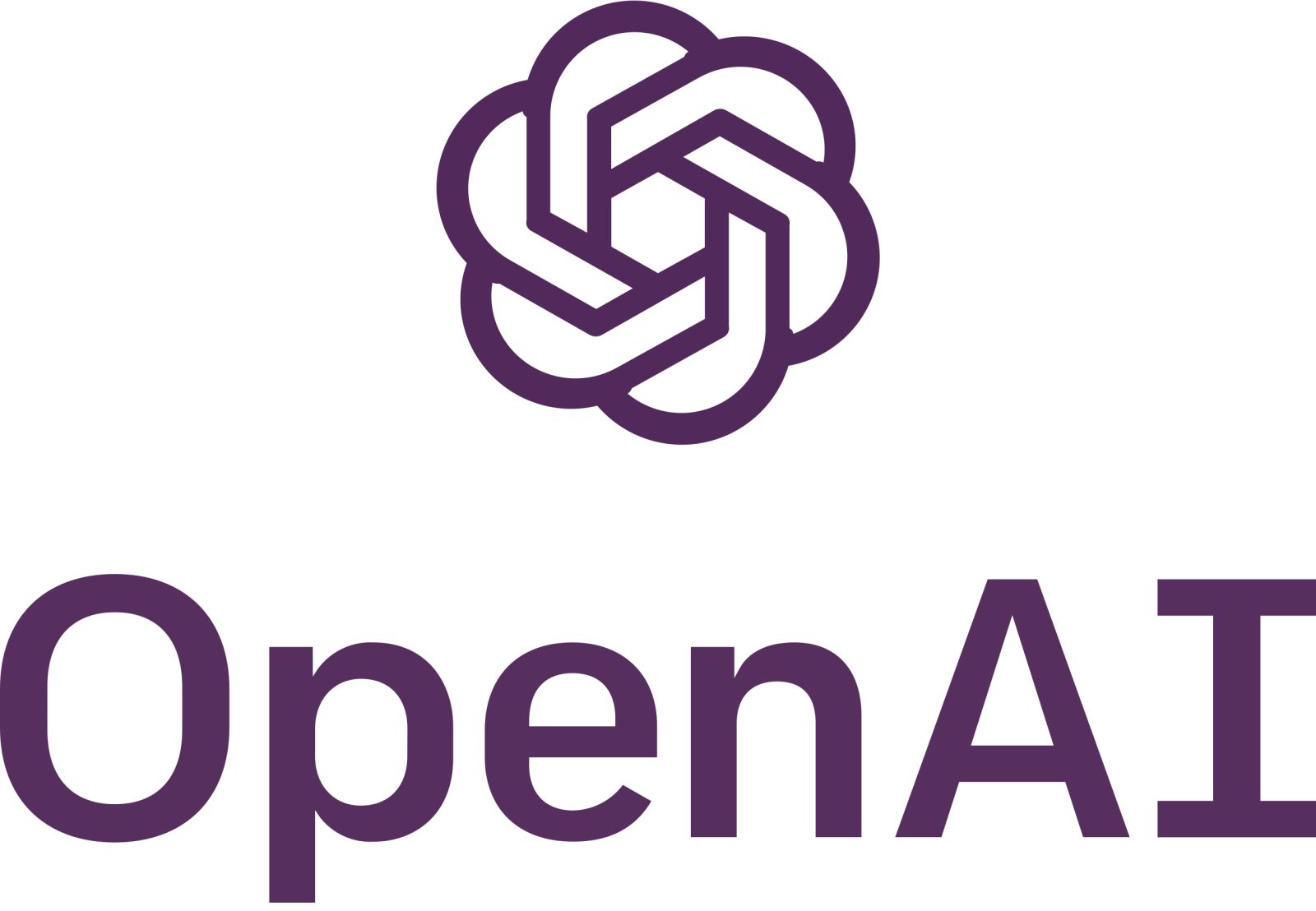Introduction
OpenAI and Broadcom have announced a multibillion-dollar partnership set to reshape the artificial intelligence infrastructure landscape. The deal involves developing and deploying 10 gigawatts of custom AI chips and computing systems over the next four years, a strategic move to meet the growing computational needs of the world's most valuable startup.
OpenAI-Broadcom Partnership Details
The collaboration focuses on designing proprietary GPUs (Graphics Processing Units) that will enable OpenAI to integrate insights gained from developing advanced artificial intelligence models directly into the hardware. The chips will be co-developed by both companies, with Broadcom managing deployment starting in the second half of 2026.
The agreement, worth multiple billions of dollars according to sources familiar with the matter, represents an evolution of a collaboration initiated 18 months ago. Initially focused on creating custom chips, the partnership has expanded to include complementary components such as server racks and networking equipment based on Broadcom's Ethernet technology.
Custom AI Chip Strategy
OpenAI is designing custom AI chips to optimize the performance of its models. This strategy enables:
- Integration of experience gained from developing advanced AI systems directly into hardware architecture
- Reduced dependence on third-party generic GPU suppliers
- Optimized energy efficiency and performance for specific applications
- Better control over long-term operational costs
The new racks will be installed in both OpenAI-owned data centers and those operated by third parties, ensuring flexibility in infrastructure distribution.
Scale of Computing Investments
With this agreement, OpenAI reaches a total of 26 gigawatts of computing capacity secured from chip giants Broadcom, Nvidia, and AMD. To put this in perspective, this amount of energy is sufficient to meet more than twice New York City's summer electricity needs.
The financial commitment required to honor these contracts amounts to hundreds of billions of dollars. Considering OpenAI expects to generate $13 billion in revenue in 2025, the startup will need to increase its revenue exponentially to sustain computational infrastructure costs.
Market Impact and Reactions
The announcement had an immediate impact on financial markets. Broadcom shares rose nearly 10% in morning trading, reflecting investor confidence in the company's ability to capitalize on growing demand for custom AI chips. Broadcom's market capitalization has exceeded $1.5 trillion, with shares up more than 80% in the past six months.
OpenAI, valued at $500 billion, maintains its position as the world's most valuable startup. With tools like ChatGPT and video-generating software Sora, the company counts over 800 million weekly active users.
Computing Capacity Challenges
Sam Altman, OpenAI's CEO, and Greg Brockman, president and infrastructure executive, have repeatedly stated that current computing power is insufficient. Demand for AI products is growing rapidly, pushing the company to plan construction of massive data centers worldwide.
According to internal sources, Altman recently told employees the goal is to build 250 gigawatts of new computing capacity by 2033, a plan that would cost over $10 trillion by today's standards. To finance this massive expansion, OpenAI will need to create new financing tools, though details remain vague.
AI Industry Outlook
OpenAI's deals with chip and cloud companies have fueled a global tech stock rally in recent months. Each new contract has raised already high expectations about the amount of computing needed to realize the AI revolution promised by Altman.
However, some competing companies show much more modest projections of computational costs, raising questions about the sustainability of OpenAI's vision. According to Bain & Co. estimates, the wave of AI infrastructure spending will require $2 trillion in annual AI revenue by 2030, exceeding the combined 2024 revenue of Amazon, Apple, Alphabet, Microsoft, Meta Platforms, and Nvidia.
Conclusion
The OpenAI-Broadcom partnership represents a high-stakes bet on the vision of a world transformed by artificial intelligence. OpenAI's partners are investing enormous resources in the belief that the startup will be the main beneficiary of this technological transition. The success of this strategy will depend on OpenAI's ability to monetize its rapidly growing user base and maintain leadership in AI innovation, justifying the extraordinary investments in computational infrastructure.
FAQ
What does the OpenAI and Broadcom agreement for AI chips include?
The agreement includes developing and deploying 10 gigawatts of custom AI chips and computing systems over the next four years, with a multibillion-dollar investment.
When will OpenAI's custom AI chip deployment begin?
Deployment of chips co-developed by OpenAI and Broadcom will begin in the second half of 2026, managed by Broadcom.
How much total computing capacity has OpenAI secured?
OpenAI has secured 26 gigawatts of total computing capacity from Broadcom, Nvidia, and AMD, sufficient for more than twice New York City's summer electricity needs.
Why is OpenAI developing proprietary AI chips?
OpenAI is developing proprietary chips to integrate insights from its AI models into hardware, optimize performance and energy efficiency, and reduce dependence on third-party suppliers.
How much must OpenAI invest in AI infrastructure?
OpenAI will need to spend hundreds of billions of dollars to honor current agreements, with plans requiring over $10 trillion by 2033 for 250 gigawatts of capacity.
How did the market react to the partnership announcement?
Broadcom shares rose nearly 10% in morning trading, with the company's market capitalization exceeding $1.5 trillion.
